(ThyBlackMan.com) Over the years, I’ve had the privilege of writing about the music and legacy of Reverend James Cleveland several times — and each time, the response from readers has been overwhelmingly positive. This marks my fourth deep dive into his extraordinary body of work, a testament to how much he remains a fan favorite among gospel lovers and casual listeners alike. His name continues to appear in reader requests, often accompanied by the same question: “When will you cover more of his songs?” That level of enthusiasm is no surprise. Cleveland’s voice, arrangements, and ministry have shaped the very foundation of modern gospel, and his catalog is filled with treasures that deserve to be revisited and celebrated.
In this installment, I’m turning the spotlight toward eight powerful tracks that haven’t been featured in my previous James Cleveland articles — songs that still resonate deeply today, whether heard in a Sunday morning service or on a quiet evening through headphones. Each one captures a different dimension of his artistry, from intimate prayers and soul-stirring narratives to high-energy praise anthems.
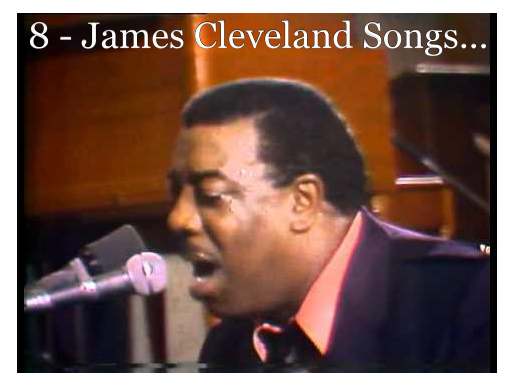
1. “Please Be Patient With Me”
“Please Be Patient With Me” is James Cleveland at his most vulnerable and relatable, a song that blurs the line between testimony and prayer. It is essentially a confession wrapped in melody — a transparent admission that he is still in the process of becoming the person God intends him to be. From the very first phrase, Cleveland’s voice carries a weight that only comes from years of ministry and personal trials. He doesn’t try to impress with vocal gymnastics here; instead, he leans on honesty, letting the raw sincerity of his delivery do the work.
The arrangement is understated but intentional. The organ hums steadily beneath his voice, creating a gentle cushion, while the piano drops in tender chordal accents. The choir’s call-and-response is never rushed; their voices echo like a congregation that knows the story he’s telling because it’s their story too. Every time they repeat his words, it feels as though the entire room is nodding in agreement, saying, We understand, we’ve been there.
Lyrically, the hook — “Please be patient with me, God is not through with me yet” — is more than just a catchy refrain. It is a profound theological statement on grace and sanctification. Cleveland’s repetition of the phrase feels like a self-reminder as much as a declaration to the world. The balance between humility and hope is what makes the song resonate across generations.
Even in today’s age of instant gratification, “Please Be Patient With Me” offers a countercultural message: growth takes time, and patience is an act of love. It’s the kind of track that works in both private reflection and corporate worship, serving as a balm for those who feel the sting of imperfection. For anyone navigating personal struggles, this song remains a gentle hand on the shoulder — reminding you that the journey is ongoing, but God hasn’t given up on you.
2. “What a Friend We Have in Jesus” (Cleveland Arrangement)
James Cleveland’s rendition of “What a Friend We Have in Jesus” is a lesson in how to breathe new life into a time-honored hymn. Where some versions rush through its verses, Cleveland takes his time, stretching phrases and lingering on certain words to let their meaning sink in. His pacing alone transforms the piece from a familiar singalong into a deeply personal meditation.
The arrangement centers on a lush, full-bodied organ that holds the song’s heartbeat. It’s joined by a disciplined choir whose harmonies are as smooth as they are powerful. Cleveland alternates between singing and speaking, slipping into preacher mode to highlight key lines. When he tells you to “take it to the Lord in prayer,” it doesn’t sound like a lyric — it sounds like advice from someone who’s seen prayer turn situations around.
A defining element of this version is Cleveland’s use of silence and dynamic shifts. He understands that sometimes the quiet between phrases speaks as loudly as the music itself. These pauses allow the listener to reflect, making the hymn less about performance and more about spiritual engagement.
Listening now, you realize this isn’t simply a cover of a classic — it’s a reinterpretation that carries Cleveland’s fingerprint. The weight of his lived experience infuses each word, and the choir’s responses are more than just backing vocals; they are affirmations. For modern listeners, it’s proof that hymns, when treated with care and respect, remain as potent today as they were over a century ago.
3. “Shine On Me”
“Shine On Me” thrives on its simplicity. With only a few words repeated throughout, the song becomes a meditative exercise in persistence — much like a sustained prayer that refuses to let go until an answer comes. Cleveland’s arrangement is slow and deliberate, letting the plea for divine light grow in intensity with each repetition.
The introduction sets a reverent tone: the choir hums softly in the background, the organ sustains long, rich chords, and then Cleveland’s unmistakable voice cuts through with authority. He doesn’t rush; he builds. Verse by verse, the emotion deepens, creating the sensation that you are watching a sunrise in real time — the light gradually pushing back the darkness.
What elevates this track is the interplay between Cleveland and his choir. The responses feel organic, like a congregation feeding off the leader’s energy and urgency. The organ and piano work together seamlessly, creating a steady pulse that never distracts from the vocals. It’s a hypnotic quality that pulls the listener into a collective moment of worship, whether or not they are in a church building.
In an era of fast-paced music consumption, “Shine On Me” still commands the listener to slow down and sit with its message. It’s ideal for personal devotion, quiet moments of gratitude, or even communal worship where the goal is to focus entirely on God’s presence. That Cleveland could take such a minimal lyric and turn it into something soul-stirring is a testament to his mastery as both a vocalist and arranger.
4. “Lord, Do It”
“Lord, Do It” is Cleveland in full revival mode — a track brimming with urgency, faith, and the raw energy of a live service. From the very first line, “Lord, do it for me, right now,” he sets a tone that’s part command, part desperate cry. This is not a song for passive listening; it demands engagement from both the performer and the audience.
The instrumentation is classic gospel drive: a bold organ, snappy drums, and a bass line that keeps the momentum pushing forward. The choir serves as an equal partner, echoing Cleveland’s pleas with fervor, almost challenging God to move in their midst. The call-and-response is so tight that it feels less like a performance and more like a unified prayer meeting.
Repetition is the song’s greatest tool. By cycling through the same core request — “Lord, do it” — Cleveland builds intensity until the listener feels caught up in the spiritual momentum. This isn’t lyrical filler; it’s the gospel tradition of persistence in prayer, modeled in musical form. By the time the final chorus hits, it’s as though the entire room has been lifted to a higher spiritual plane.
Today, “Lord, Do It” retains its vitality because urgency never goes out of style in worship. Whether you’re seeking healing, breakthrough, or clarity, this track’s relentless energy mirrors the determination of someone who refuses to leave the altar without an answer. It’s gospel music in its purest form — direct, passionate, and impossible to ignore.
5. “He Decided to Die”
“He Decided to Die” stands among James Cleveland’s most poignant and theologically weighty performances. The very title sets a solemn mood — this was no accident, no tragic misstep, but an act of will and divine purpose. From the opening measures, you can tell Cleveland intends for the listener to pause, reflect, and fully absorb the gravity of Christ’s sacrifice.
His delivery is deliberate and unhurried, painting each scene of the crucifixion with vivid emotional detail. There’s a storyteller’s precision in the way he builds tension, allowing the listener to walk with the narrative step by step. When Cleveland reaches the pivotal lines describing Christ’s conscious choice, the moment lands with an almost physical force.
The musical backdrop is intentionally spare — organ, soft percussion, and the occasional swell from the choir. This leaves the focus squarely on the message and on Cleveland’s weathered, resonant voice. When the dynamics rise toward the climax, it’s like a wave building in the sanctuary — not just loud, but powerful in emotional weight.
Listening today, “He Decided to Die” feels timeless in its ability to both educate and inspire. It works equally well in a worship setting or as a personal devotional moment, reminding us that the foundation of the gospel is love freely chosen, not compelled. It’s not just a song; it’s a sermon set to music, and one that still preaches loud and clear.
6. “Praise God”
“Praise God” is Cleveland in celebratory mode, leading a full-throated anthem of gratitude. There’s no hidden metaphor here, no complex theological treatise — just a call to lift your voice and acknowledge the goodness of God. That straightforwardness is a big part of the song’s charm.
From the downbeat, the rhythm section sets a lively pace. The organ pumps with gospel flair, and the choir claps along in a groove that makes it impossible to keep still. Cleveland steps into the role of choirmaster, cuing swells and drops, letting the energy build in waves.
What’s especially notable is how he keeps the balance between his own voice and the choir’s harmonies. He never overpowers them, instead letting their blended sound become the anchor of the song. The interplay between lead and group creates a joyful give-and-take that feels like a live Sunday morning service.
Even decades later, “Praise God” has the same uplifting effect. It’s the kind of track you can turn to when you need a quick shot of joy, whether in the middle of a rough day or to start a morning on the right note. It reminds us that gratitude isn’t just a feeling — it’s an action, and one worth repeating.
7. “Touch Me”
“Touch Me” is one of Cleveland’s most tender and heartfelt pieces, a song of yearning for divine closeness. Every syllable of his vocal delivery carries the weight of that longing. He doesn’t sing at the listener so much as invite them into his own prayer, making the moment deeply personal.
The arrangement is minimal but warm, with the organ laying down sustained chords and the choir answering his every plea. Each repetition of “Touch me” grows in intensity, the layered harmonies swelling until they seem to wrap the listener in sound. It’s less a performance than a shared moment of worship.
Lyrically, it’s open-ended enough to meet listeners wherever they are — in need of healing, comfort, clarity, or simply a reminder of God’s presence. That universality is what makes it so enduring. The simplicity of the refrain allows the emotion to take center stage.
Even today, “Touch Me” fits seamlessly into a playlist alongside contemporary worship ballads. Its restrained arrangement and heartfelt delivery give it a timeless quality, proving that authenticity never goes out of style. It’s the kind of song that lingers with you long after the last note fades, carrying its prayer into your own quiet moments.
8. “It’s Me, O Lord”
Cleveland’s rendition of the traditional spiritual “It’s Me, O Lord (Standing in the Need of Prayer)” is a lesson in how to make a familiar piece feel new again. Instead of leaning into the communal “we,” he zeroes in on the personal “me,” turning it into a prayer of individual accountability and openness before God.
The introduction is understated — a tender piano figure sets the tone before the choir slips in with a soft hum, ready to answer Cleveland’s every phrase. His vocal style here is conversational, as if you’ve caught him mid-prayer. The call-and-response pattern between lead and choir captures the intimacy of a small church service where every voice matters.
There’s a raw honesty in the simplicity of the lyric. Cleveland doesn’t layer on poetic complexity; instead, he keeps it plainspoken, which makes it all the more relatable. That accessibility is part of why the song still resonates with listeners who might not know a single other gospel tune.
For modern ears, “It’s Me, O Lord” works as a spiritual grounding point. Drop it into a moment of quiet reflection, and it will center you instantly. It’s a reminder that there’s strength in admitting our needs and humility in asking for help — both from God and from the community around us.
This fourth exploration into James Cleveland’s music reaffirms what many of us have known all along — his work is timeless, endlessly relevant, and deeply woven into the fabric of gospel history. The songs highlighted here represent only a fraction of his vast catalog, yet each one carries the unmistakable Cleveland touch: sincerity, power, and a deep connection to the message of faith.
The fact that readers continue to request more of his music says everything about his enduring appeal. His recordings still have the power to move new listeners while bringing cherished memories to those who have followed his work for decades. And while I have covered many of his classics in previous features, these selections prove there is always more to discover and appreciate.
James Cleveland’s legacy is not just in the songs he left behind, but in the way those songs still speak — urging us to reflect, to rejoice, and to hold fast to the hope that gospel music embodies. As long as people are asking for more, I’ll be here to share it.
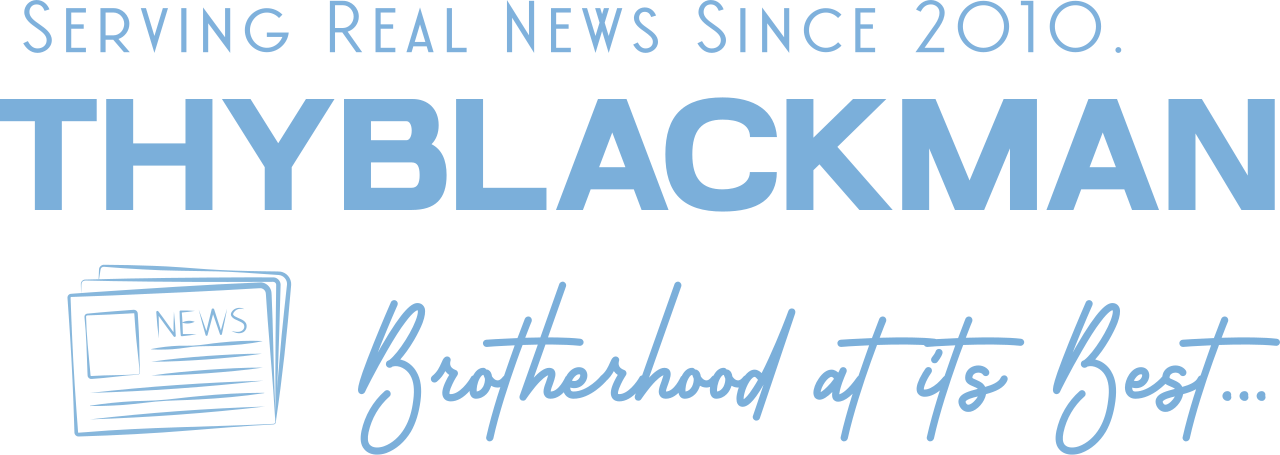











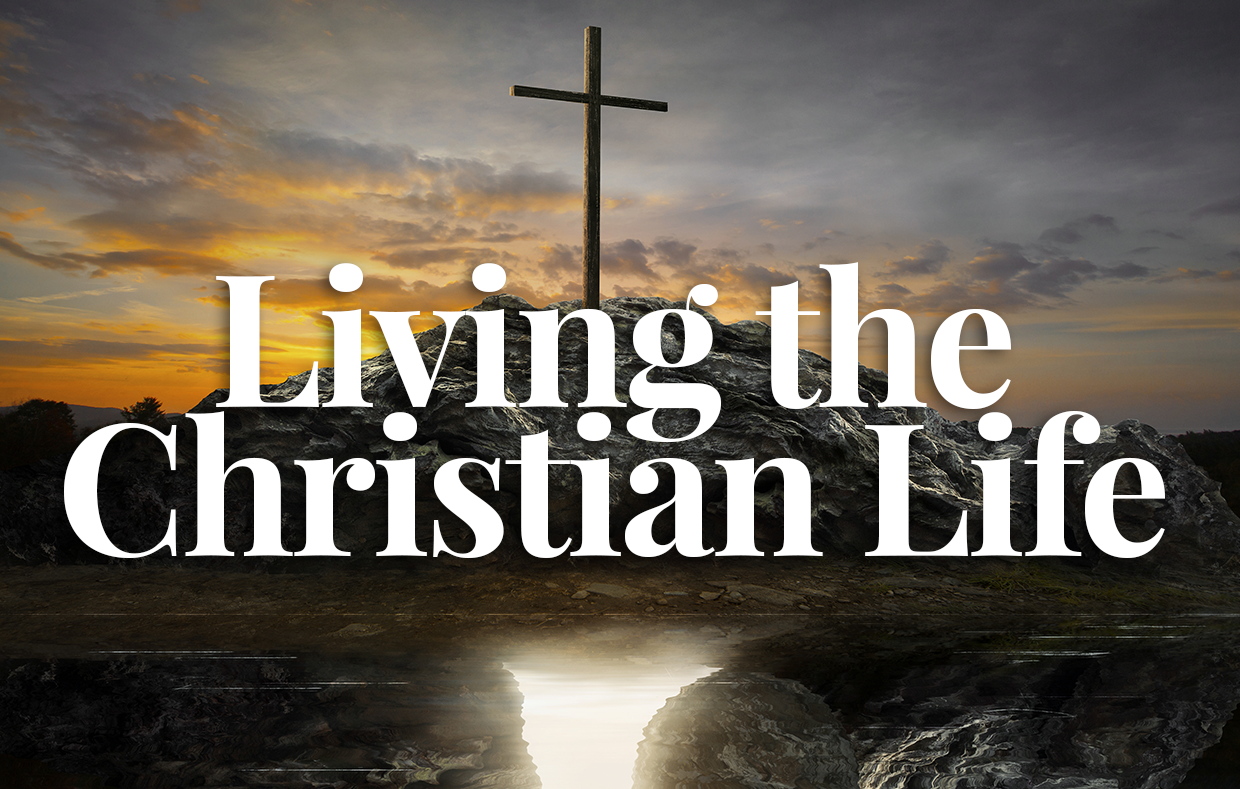


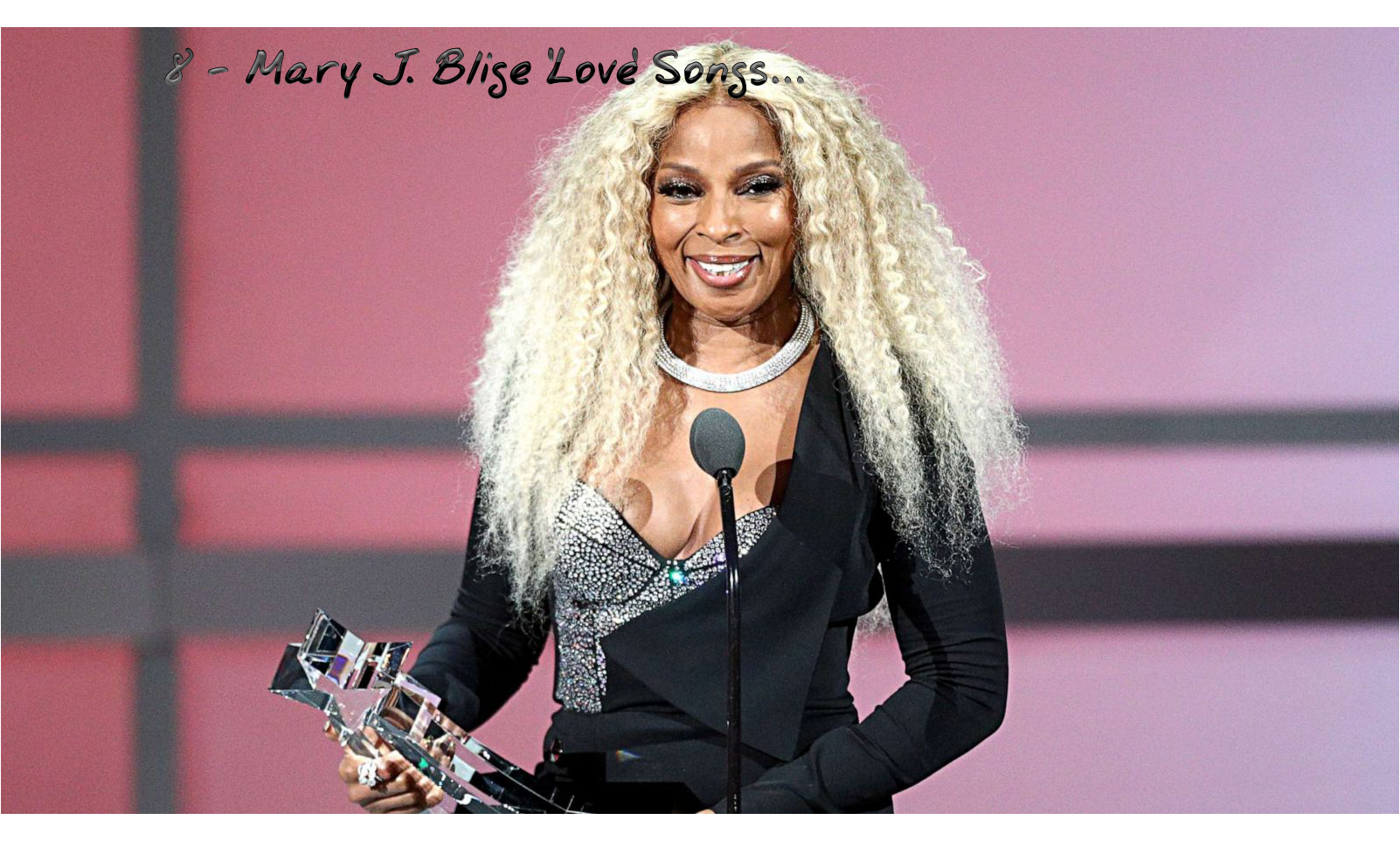
Leave a Reply